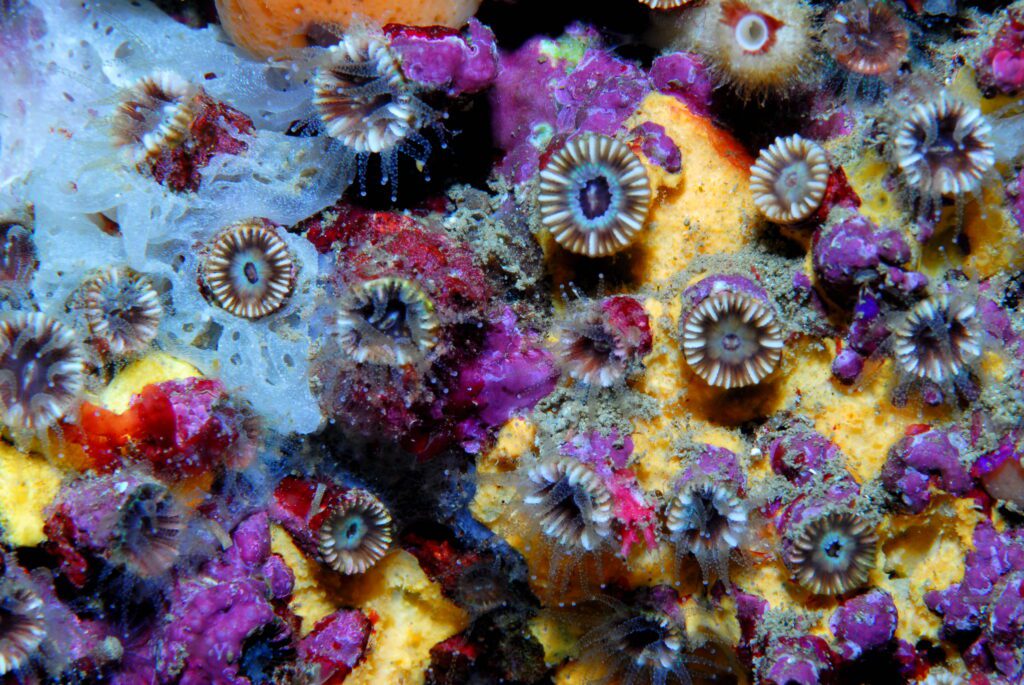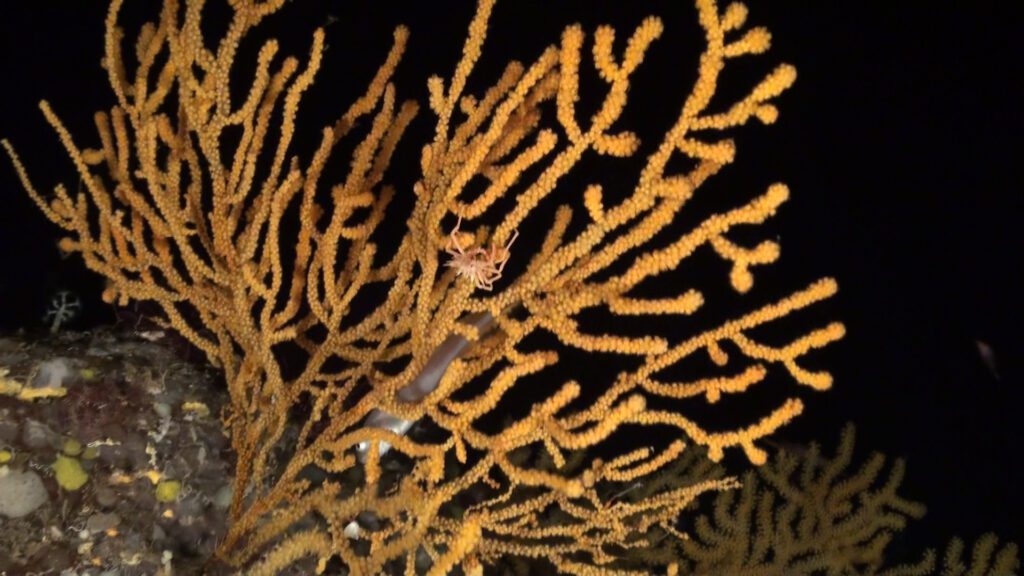Oceana applauds the designation of seven new marine protected areas in Spain
These sanctuaries are havens of biodiversity and serve as safeguards against climate change; To be effective, the designation must be coupled with good management
Press Release Date: December 30, 2023
Location: Madrid
Contact:
Gillian Spolarich | email: gspolarich@oceana.org
202-467-1909
Oceana celebrates the announcement by Spain’s Ministry for Ecological Transition to establish seven new marine protected areas (MPAs). Rich in biodiversity and home to vulnerable ecosystems, these areas will be included in Natura 2000, a network of protected areas covering Europe’s most valuable and threatened species and habitats. Scientific data from Oceana’s expeditions in several parts of the country helped make these designations a reality.
Silvia Garcia, senior marine scientist at Oceana in Europe, explained that “the designation of new marine protected areas in Spain is great news. These areas serve as safeguards against climate change and protect critical ecosystems for fish stocks and biodiversity, and consequently for people. With this announcement, the Spanish government is taking a step forward in the conservation of the marine environment. However, to be effective, it must be paired with good management that protects these ecosystems from activities, like destructive fishing, that are incompatible with conservation “.
The future protected areas are located across Spain’s three marine regions. The Mediterranean region is home to the Ibiza Channel, which includes the Stone Sponge Seamount, an enclave Oceana discovered in 2013, and the Cañones de Alicante Marine Area. In the Macaronesian region, both north and south of the Canary Islands, several deep seamounts have been designated as protected. In the Atlantic region, the Western Strait, the Jaizkibel-Capbreton Marine Area off the Basque coast, and a large migratory corridor for birds along the coasts of Asturias and Galicia will be protected.


Pascal Moehrle, Executive Director of Oceana in Europe, says that “after all these years of research by our scientists in these areas and seeing their beauty and rich biodiversity first-hand, we welcome their designation as marine protected areas. We now urgently need to do more and ensure that this designation is not just lines on a map, but that it translates into real protection.”
This designation will increase Spain’s marine protected areas from 12% to 21% and move it closer to the target of protecting 30% of Spanish waters by 2030. However, since destructive fishing is still widespread in marine protected areas, there is a need to ensure sound management.
Notes to the editor:
- Natura 2000 is a network of protected areas that protect marine habitats and species (under the EU’s Habitats Directive) and birds (under the EU’s Birds Directive). Five of the seven areas designated for protection are critical for habitats and species, one is critical for birds (the migratory corridor), and the seventh is for both marine habitats and species and birds (the Western Strait).
- Once the areas have been identified for protection, preventative management measures must be put in place, until a suitable management plan is developed. Both the measures and the plan must ensure conservation of the area, reducing or eliminating any damage to the ecosystems. Spain allows bottom trawling within these protected areas (Paper Parks in Spain report), despite its incompatibility with the conservation of these areas.
- According to Oceana’s analysis using data from Global Fishing Watch, more fish are trawled inside marine protected areas in Spain than outside them.
- Oceana has studied six of the seven areas targeted for protection (all except the Alicante Canyons) on several scientific expeditions aboard the Oceana Ranger catamaran, and using divers and a remotely operated vehicle (ROV).
- More information on: Oceana expeditions in Europa



